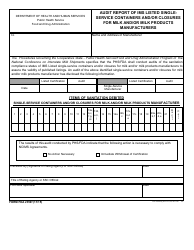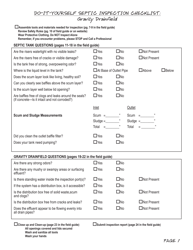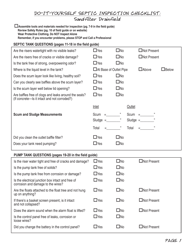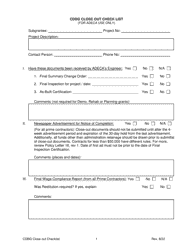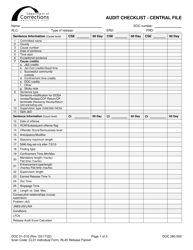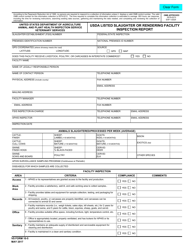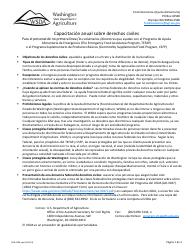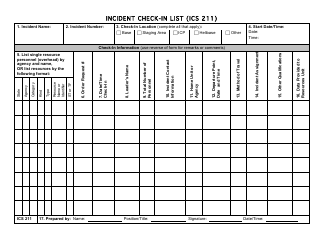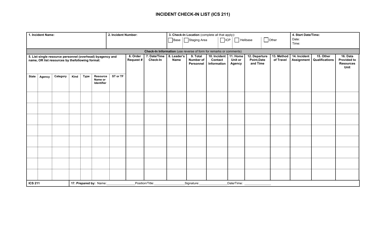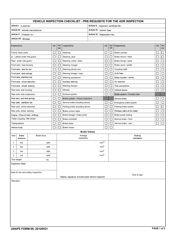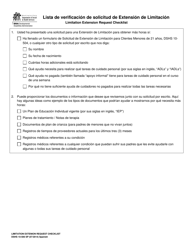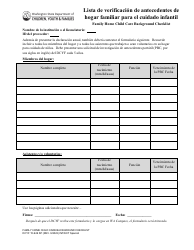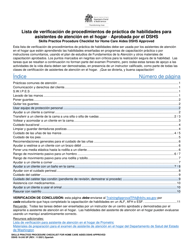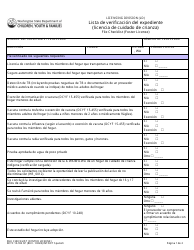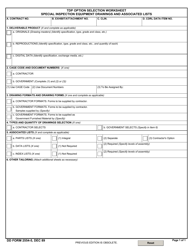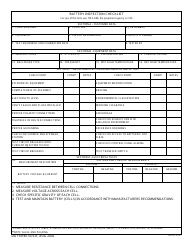Do-It-Yourself Septic Inspection Checklist - Pressurized Drainfield - Washington
Do-It-Yourself Septic Inspection Checklist - Pressurized Drainfield is a legal document that was released by the Washington State Department of Health - a government authority operating within Washington.
FAQ
Q: What is a pressurized drainfield?
A: A pressurized drainfield is a type of septic system where effluent is delivered to the drainfield under pressure.
Q: Why is a septic inspection important?
A: A septic inspection is important to ensure that the septic system is functioning properly and to identify any potential issues.
Q: What is the purpose of a septic inspection checklist?
A: A septic inspection checklist is used to guide the inspection process and ensure that all important components of the septic system are checked.
Q: What should be included in a septic inspection checklist?
A: A septic inspection checklist should include items such as checking the tank levels, inspecting the drainfield, and checking for leaks or signs of damage.
Q: How often should a septic inspection be done?
A: It is recommended to have a septic inspection done every 1-3 years, depending on the system and local regulations.
Q: Can I perform a septic inspection myself?
A: Yes, you can perform a septic inspection yourself, but it is recommended to hire a professional for a thorough and accurate inspection.
Q: Are there any specific regulations for septic inspections in Washington?
A: Yes, Washington has specific regulations for septic inspections, including requirements for licensed inspectors and reporting.
Q: What are the consequences of a failing septic system?
A: A failing septic system can contaminate groundwater, pose health risks, and result in costly repairs or replacement.
Q: How can I maintain a healthy septic system?
A: To maintain a healthy septic system, it is important to limit water usage, avoid flushing non-biodegradable materials, and have regular inspections and pumping.
Q: What is the average cost of a septic inspection?
A: The cost of a septic inspection can vary depending on factors such as location and the complexity of the system, but it typically ranges from $200 to $600.
Form Details:
- The latest edition currently provided by the Washington State Department of Health;
- Ready to use and print;
- Easy to customize;
- Compatible with most PDF-viewing applications;
- Fill out the form in our online filing application.
Download a printable version of the form by clicking the link below or browse more documents and templates provided by the Washington State Department of Health.





